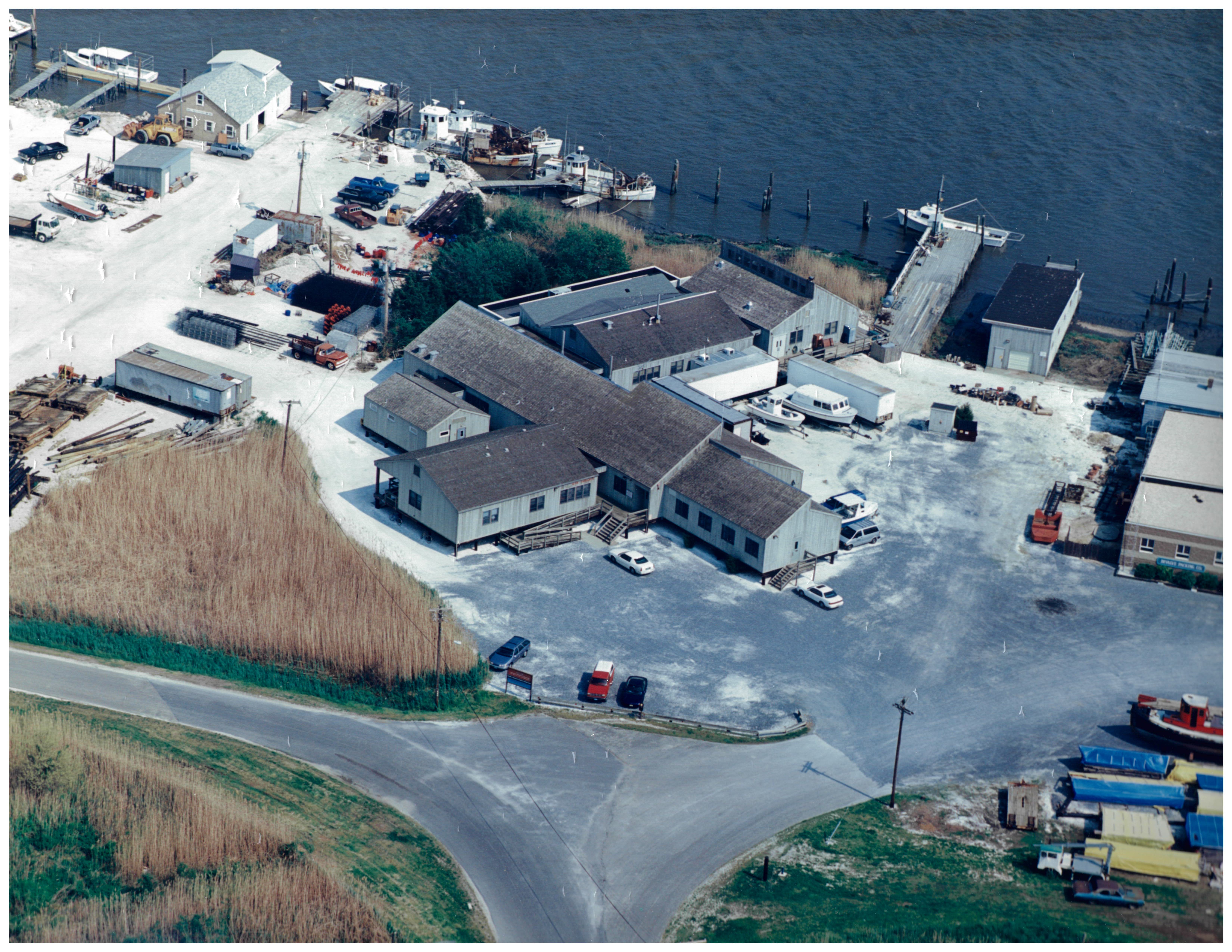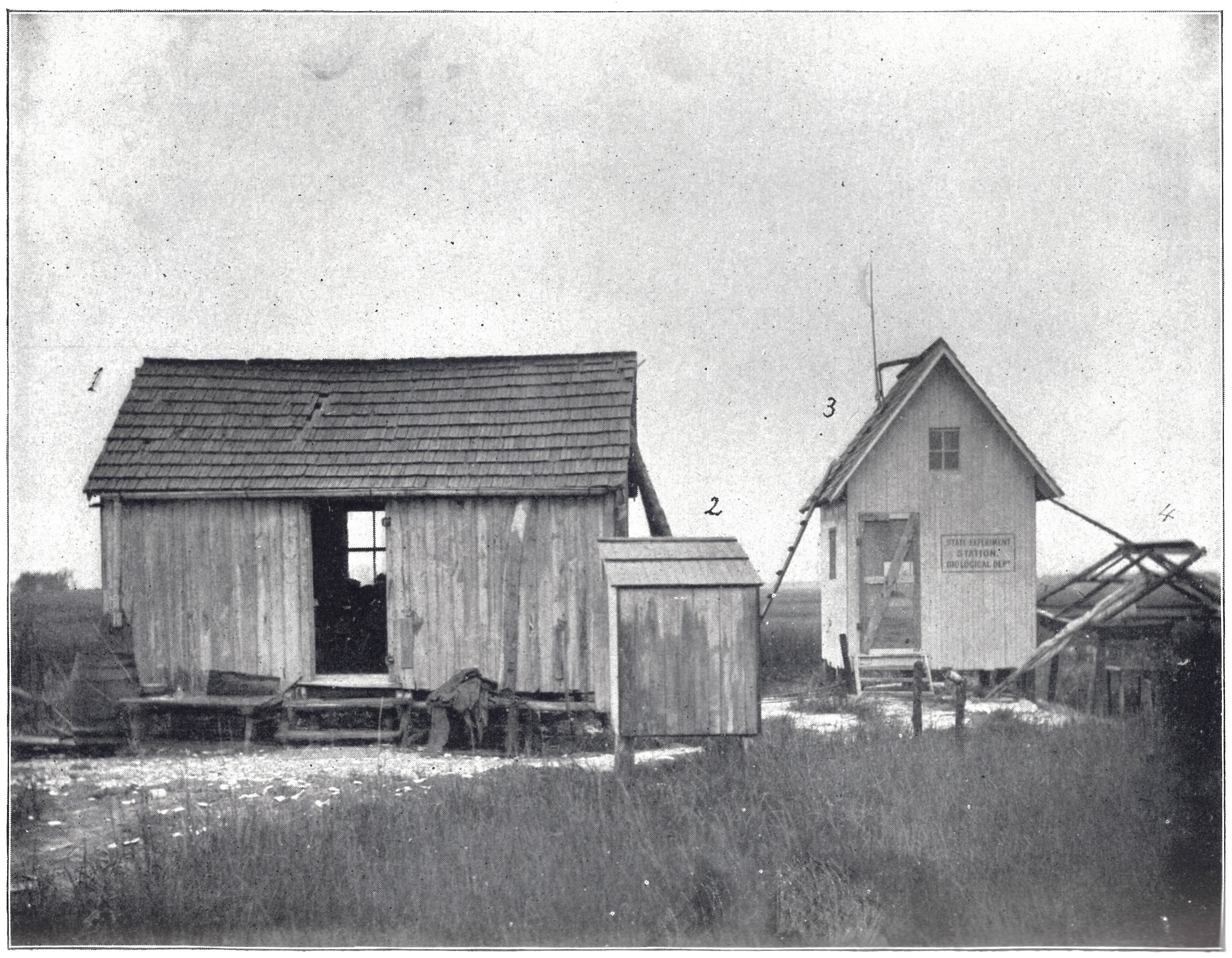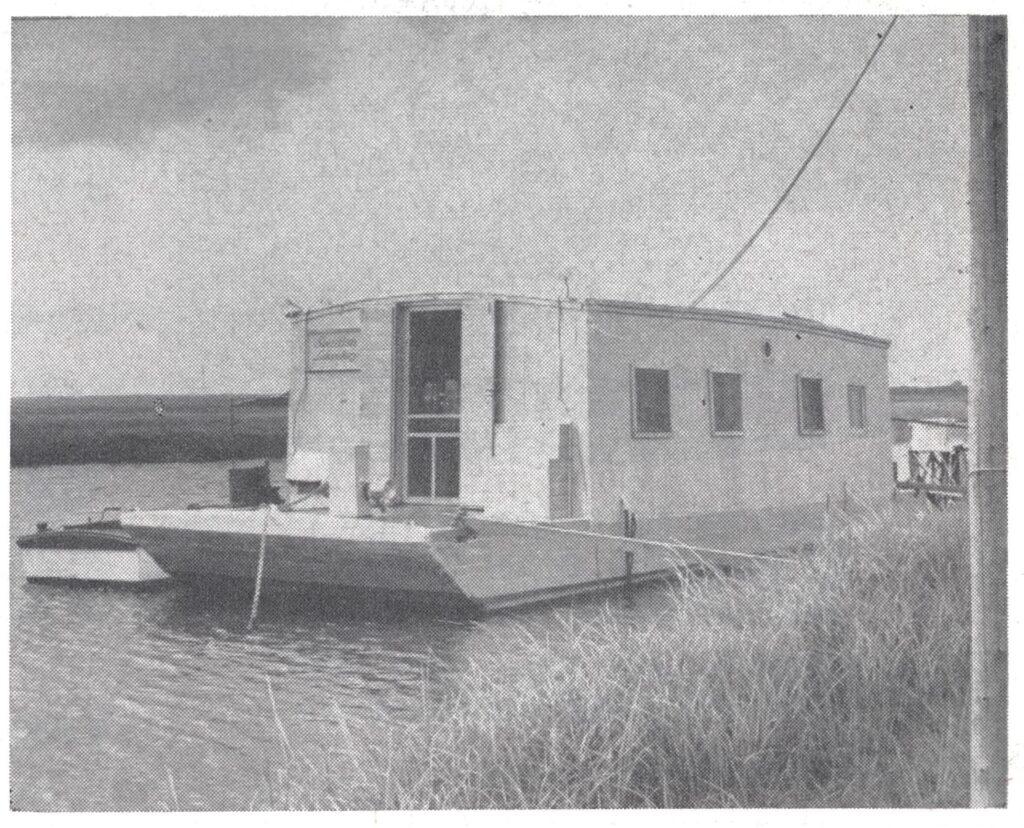Main Content
A Brief History of the Haskin Shellfish Research Laboratory
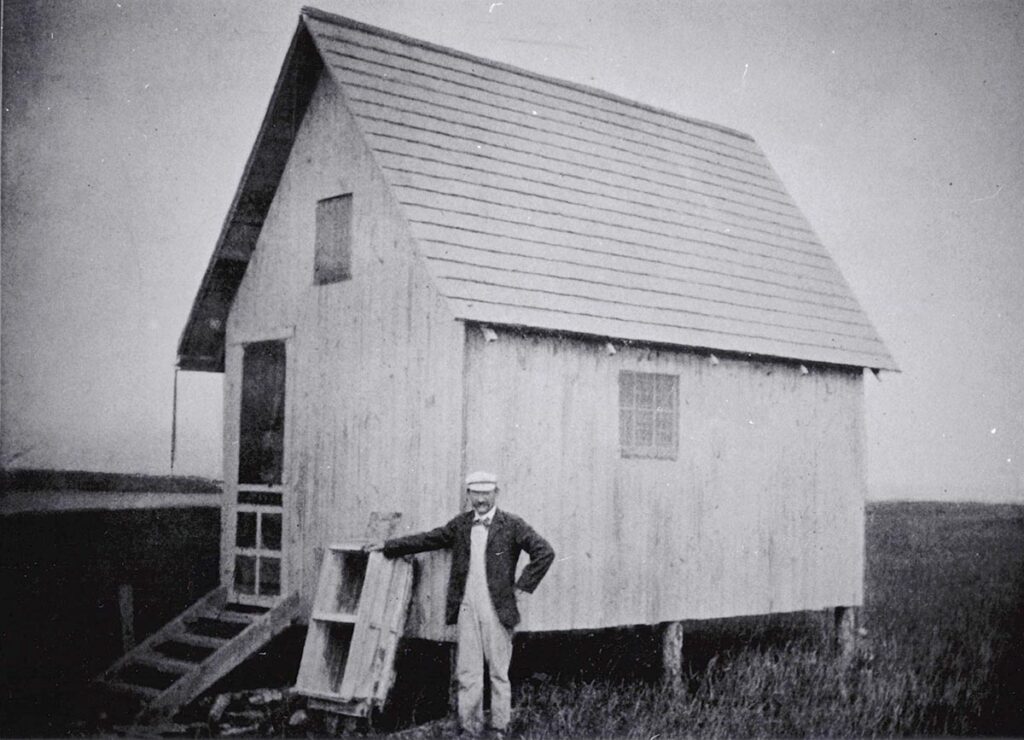
Research in shellfisheries at Rutgers began in 1888 when Julius Nelson was hired as the biologist for the newly formed New Jersey Agricultural Experiment Station. Although much of his early years were devoted to poultry and dairy problems, Nelson’s interest in marine biology gradually won out and led him to focus increasingly on biological problems of clams and oysters, which were a significant component of the coastal New Jersey economy. He felt strongly that the practices of the oyster industry were much more like those of a farmer (i.e., oystermen “planted” “seed”, which they “cultivated” on “surveyed” grounds and then “harvested”, after which they occasionally let their “ground” lie “fallow”). Nelson persuaded the Experiment Station to establish a Department of Oyster Culture. (This was probably the smallest department in the Station, having but one faculty member until 1978.)
In 1901, the New Jersey Legislature recognized the value of Nelson’s work by passing legislation [NJSA 4:16-10; originally PL 1901 C99, p.226] specifically designating an obligation of the New Jersey Agriculture Experiment Station to establish one or more research stations to support its mission of providing scientific assistance to the oyster industry. Indeed, this statutory mandate for execution of “oyster propagation” research is among the very few that so specifically designates a mission for a unit of the Experiment Station. To accomplish this task the Legislature granted Nelson $200 to build a small laboratory near Tuckerton (Fig. 2). The “Oyster Investigation Laboratory”, as it was then known, grew rapidly. A second lab was built at Tuckerton in 1905 and in 1909, the houseboat Cynthia (Fig. 3), which could be towed to sites of biological interest in Barnegat Bay, was constructed. Julius Nelson’s principal research interest was in oyster reproduction: embryological studies of eggs and larvae, and ecological studies into what controlled larval abundance and distribution.
Biological knowledge formed the basis for practical information transferred to oystermen. For instance, based on an understanding of environmental influences on spawning time, and larval growth and distribution, he was the first to provide advice to oystermen on when to plant clean shells to catch larvae when they set.
Julius Nelson died in 1916 and was succeeded by his son, Thurlow C. Nelson, who had been assisting his father for a number of years. T. C. Nelson became known internationally for his studies on oyster physiology and was recognized locally and nationally for his efforts to protect water resources needed by shellfish.
In two Supreme Court cases, Nelson’s testimony concerning the importance of freshwater to the oyster resource of Delaware Bay, was crucial to limiting upstream diversions by New York. During Nelson’s tenure as director, laboratories were built in Bivalve (the home port of the Delaware Bay oyster fleet, (Fig. 4) in 1923 and on the bayshore of the Cape May Peninsula (Cape Shore) in 1928 (Fig. 5).
Information was developed and provided to oyster planters. For instance, during the Depression, a major project was instituted to obtain basic biological information on the oyster drill, a predatory snail that was destroying huge number of oysters. At the same time, methods for its control were devised, evaluated, and eventually instituted by the industry.
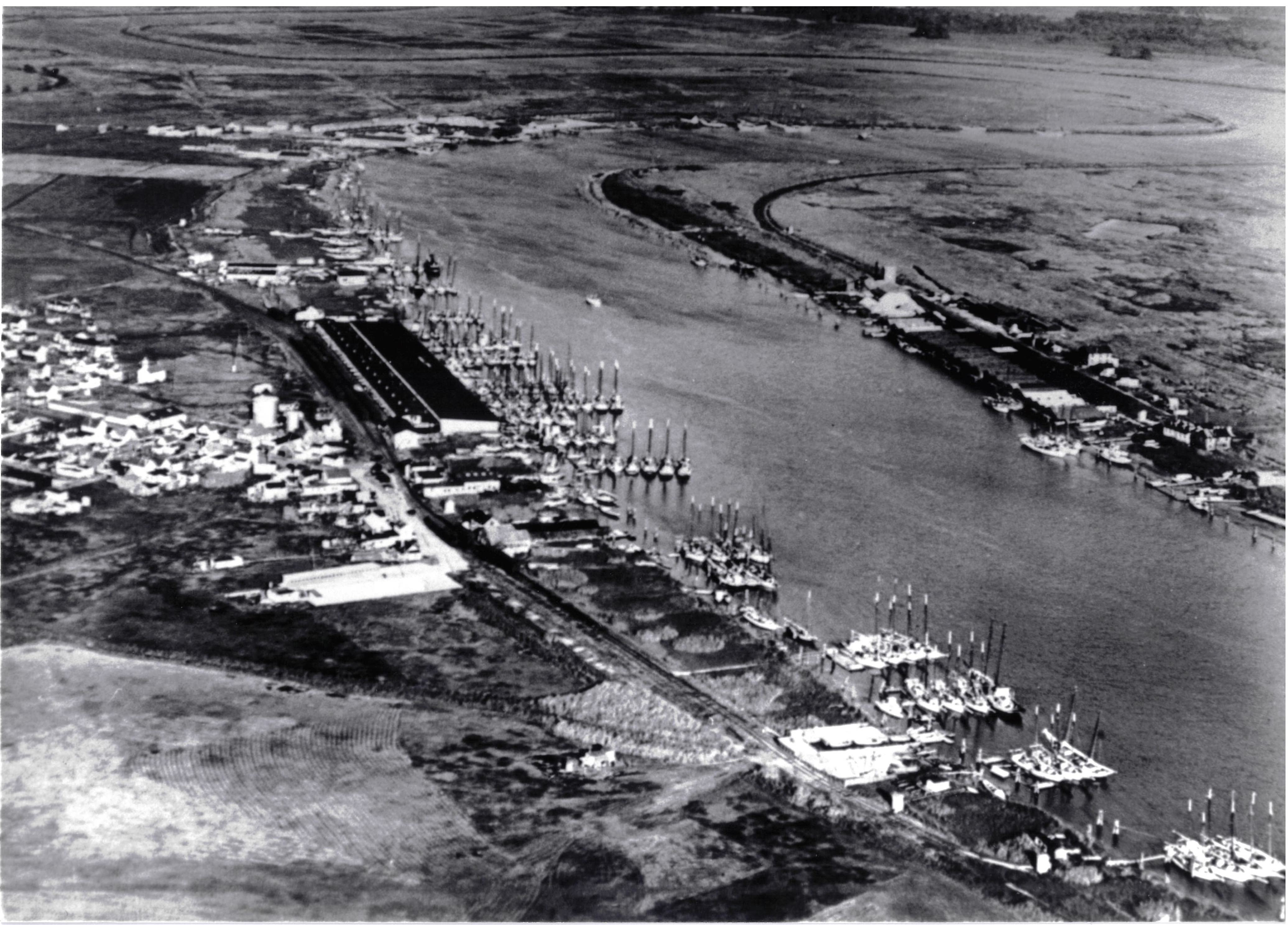
In 1950, Harold Haskin, who had studied with T. C. Nelson as an undergraduate at Rutgers, assumed the directorship of the Oyster Laboratory. Under his leadership, shellfish studies branched out to include hard clams (growth studies, and physiological and bacteriological investigations related to depuration) and surf clams (basic life history and population dynamic studies that were the foundation for the existing management plan).
A new laboratory was built at the Cape Shore in 1955 (Fig. 6) and one was established at Monmouth Beach in 1962. Oyster research initially focused on a long-term project, begun in 1952, to understand and reverse the causes of a decline in seed oyster production on the natural beds of Delaware Bay. When epizootic mortalities caused by an introduced oyster parasite, Haplosporidium nelsoni, cause of MSX disease, began in 1957, the program was expanded to document the extent of the disease, how the parasite was transmitted and what factors controlled its distribution. Haskin is perhaps best known for starting a breeding program that developed strains of oysters highly resistant to MSX disease. A wealth of fundamental information on oyster ecology, diseases, and genetics has ensued. An important component of this work has been the transfer of knowledge to oystermen and state agencies for use in management of the resource in the face of continuing disease pressure.
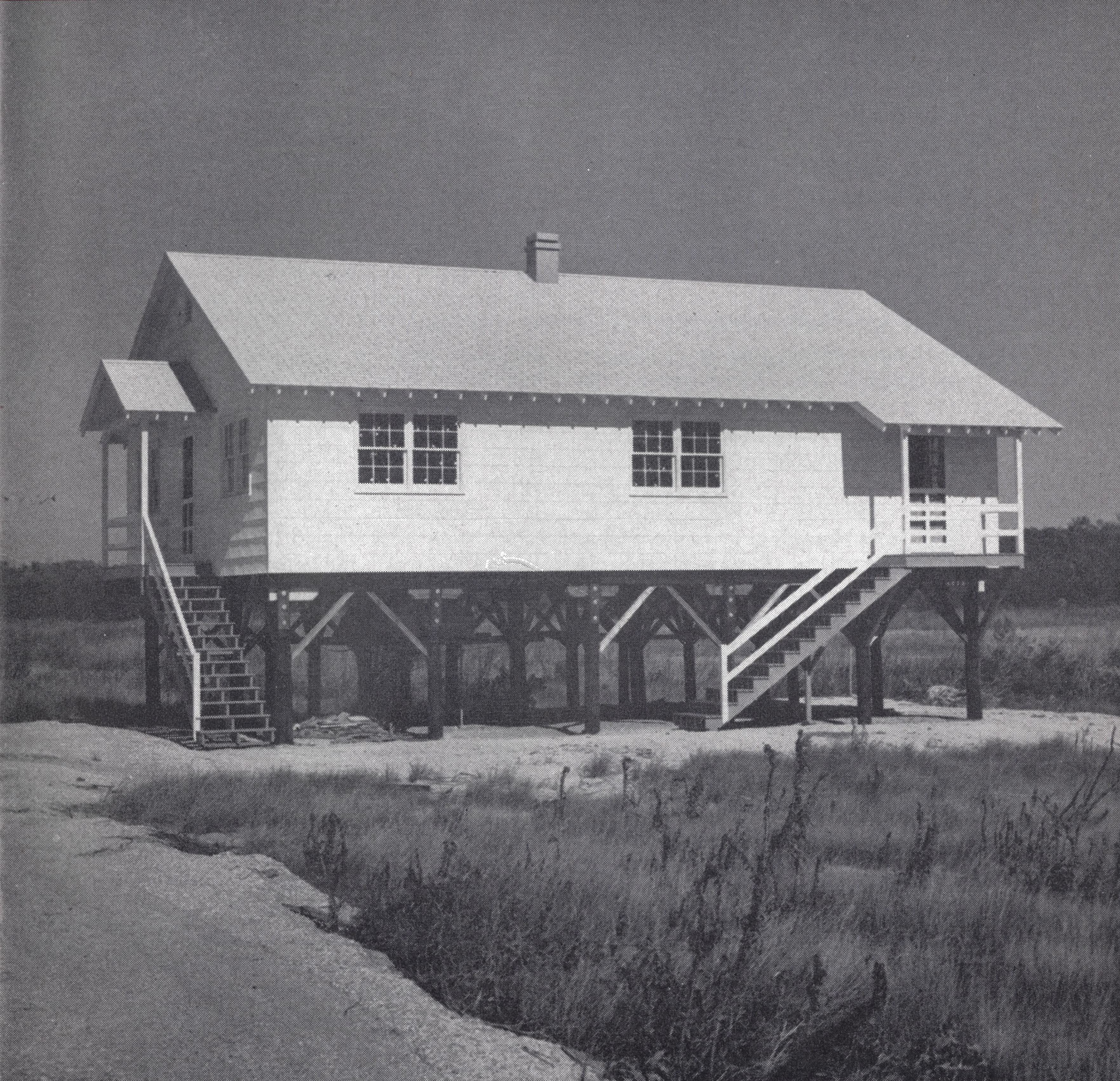
In the late 1970s, at the instigation of the oyster industry and with the strong support of local communities, federal funding was obtained to build a large new laboratory at Bivalve (Fig. 7). The building was completed in 1982 and has had three additions since then. A new a hatchery was built at the Cape Shore in 1994 and in 2010, an Aquaculture Innovation Center was completed in Cape May.
Harold Haskin retired in 1984 and was replaced as Director by Richard Lutz. In recognition of Haskin’s contributions to the University, the Rutgers Board of Trustees named the Laboratory after him in 1990 (the first University building named after a living person). Research expanded during Lutz’s tenure to include ultrastructural studies of bivalve larval and adult shells. A major change during this period was the incorporation, the Shellfish Laboratory and the Department of Oyster Culture into the Institute and Department (respectively) of Marine and Coastal Sciences. In 1995, Eric Powell became the new director. He brought expertise in mathematical modeling of fish and shellfish populations, paleoecology, and expanded offshore fisheries research programs. During his tenure, the New Jersey Aquaculture Innovation Center (AIC) opened. David Bushek took over direction of the Laboratory in 2012, bringing expertise in estuarine ecology, shellfish pathology and restoration science.
Current research areas include aquaculture, fisheries, bacteriology, ecology, genetics and breeding, numerical modeling, pathobiology and shellfish restoration. The laboratory has a variety of outreach programs, participates in international projects, provides a number of services for industry members, including an annual oyster stock assessment for Delaware Bay, New Jersey.
